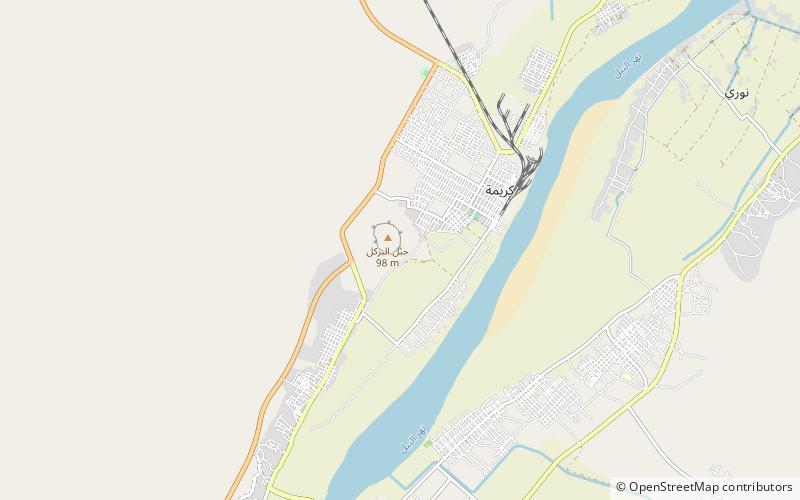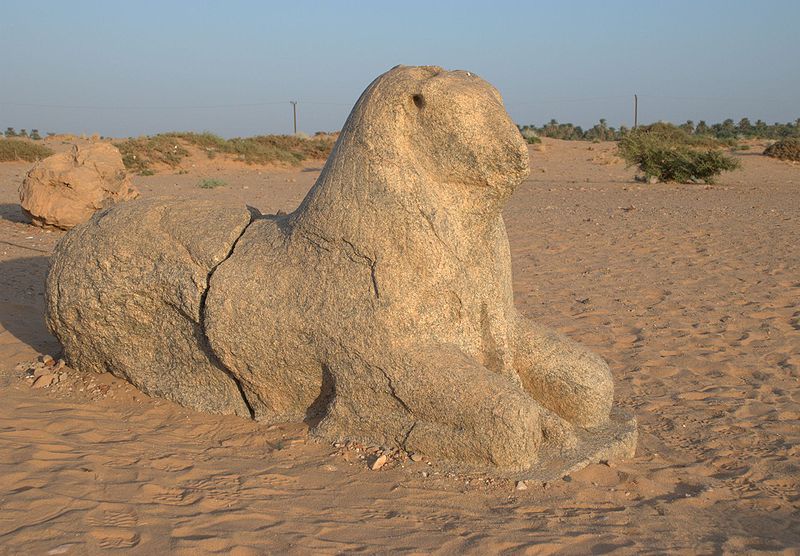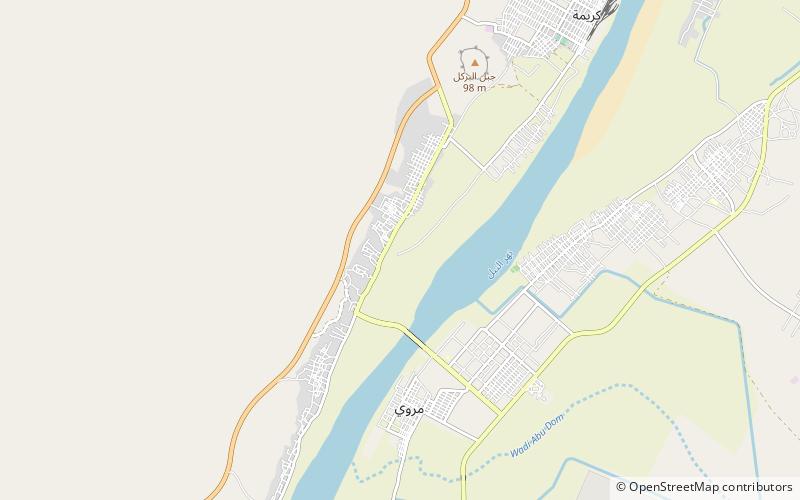Temple of Amun


Facts and practical information
The Temple of Amun in Sudan is a magnificent testament to the grandeur of ancient civilizations that flourished along the Nile River. Located in the ancient city of Naqa, the archaeological site is one of the most significant remnants of the Kingdom of Kush's cultural heritage. The temple was dedicated to Amun, a deity revered in Nubian and Egyptian mythology as the king of the gods.
Constructed during the Meroitic period, between the 4th century BCE and the 3rd century CE, the Temple of Amun was central to religious life in the region. Its intricate carvings and grand columns are indicative of the sophisticated art and architecture that the Kushite civilization developed under the influence of their Egyptian neighbors and predecessors.
The sandstone temple, though less known than its Egyptian counterparts, showcases the blend of Egyptian, Greek, and Roman art styles that were adapted by the Kushite people. The site features a large courtyard, a colonnade, and a sanctuary that would have housed a statue of the god Amun. The temple's walls are adorned with bas-reliefs and hieroglyphic inscriptions that provide invaluable insights into the religious practices and daily life of the time.
Despite the harsh desert conditions, the Temple of Amun has survived in a relatively good state of preservation, allowing archaeologists and visitors alike to step back in time and experience the grandeur of an ancient African empire. The temple is a part of the larger archaeological landscape of Sudan, which includes the famous sites of Meroe and Musawwarat es-Sufra, all of which contribute to our understanding of the historical significance of the region.
Northern
Temple of Amun – popular in the area (distance from the attraction)
Nearby attractions include: Jebel Barkal, Hillat al-Arab.


